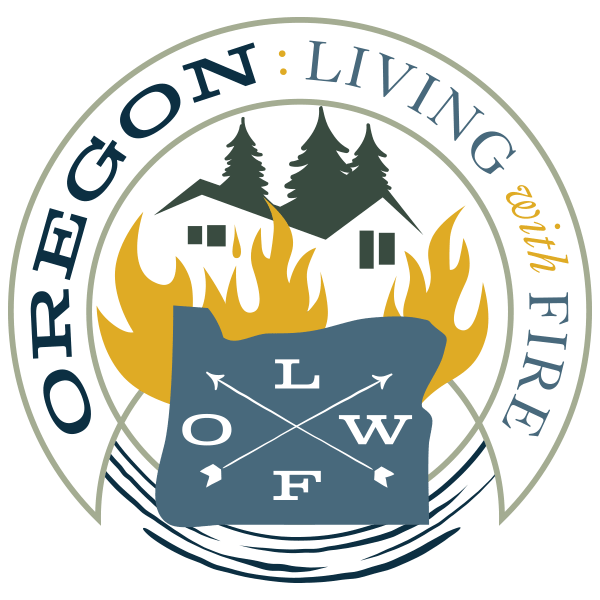non-fire
treatments
A variety of methods can be used to change vegetation composition, structure, and ladder fuels which will help reduce fire hazards.
These methods include mechanical thinning, clearing debris in forests or mowing rangelands, among others. These options can be used where they are economically feasible and sustainable, and where they align with landowner objectives. These treatments are often needed before wildland fire can be reintroduced into many landscapes. Mechanical treatments also are not wholly adequate surrogates for fire in terms of ecological effects, limiting their suitability in various situations.
One advantage of these methods is that they often can be applied with a greater level of control over the location, timing, and desired outcome of the treatment. The disadvantage is that these usually have a higher economic cost, but in some cases the costs can be offset by active economic markets for the byproducts of the treatments.
One advantage of these methods is that they often can be applied with a greater level of control over the location, timing, and desired outcome of the treatment. The disadvantage is that these usually have a higher economic cost, but in some cases the costs can be offset by active economic markets for the byproducts of the treatments.
Non-mechanical methods can involve livestock grazing to reduce fine fuels in rangeland systems, or using herbicides to eradicate or suppress unwanted vegetation. Mechanical treatments are particularly suited for fuels management following natural disturbances such as severe storms, intense droughts, or insect outbreaks that radically change forest structure.
An added advantage of mechanical treatments in forested ecosystems is the potential to use the removed woody material for other purposes. Forest thinning might result in excess stocking being utilized as saw logs, wood chips, or specialty products made from small-diameter trees.
An added advantage of mechanical treatments in forested ecosystems is the potential to use the removed woody material for other purposes.
Commercial timber harvest, as a viable fuels management option, has substantial potential to both offset economic costs and enhance effectiveness in many areas. Sustainable forest management for commercial timber or pulpwood can provide greater access, enhance other resource values, enhance control over both wildfire and prescribed fire, and reduce wildfire threat.
To be effective in meeting fuel reduction and forest management goals, treatments must address slash and debris disposal without spreading invasive species.
